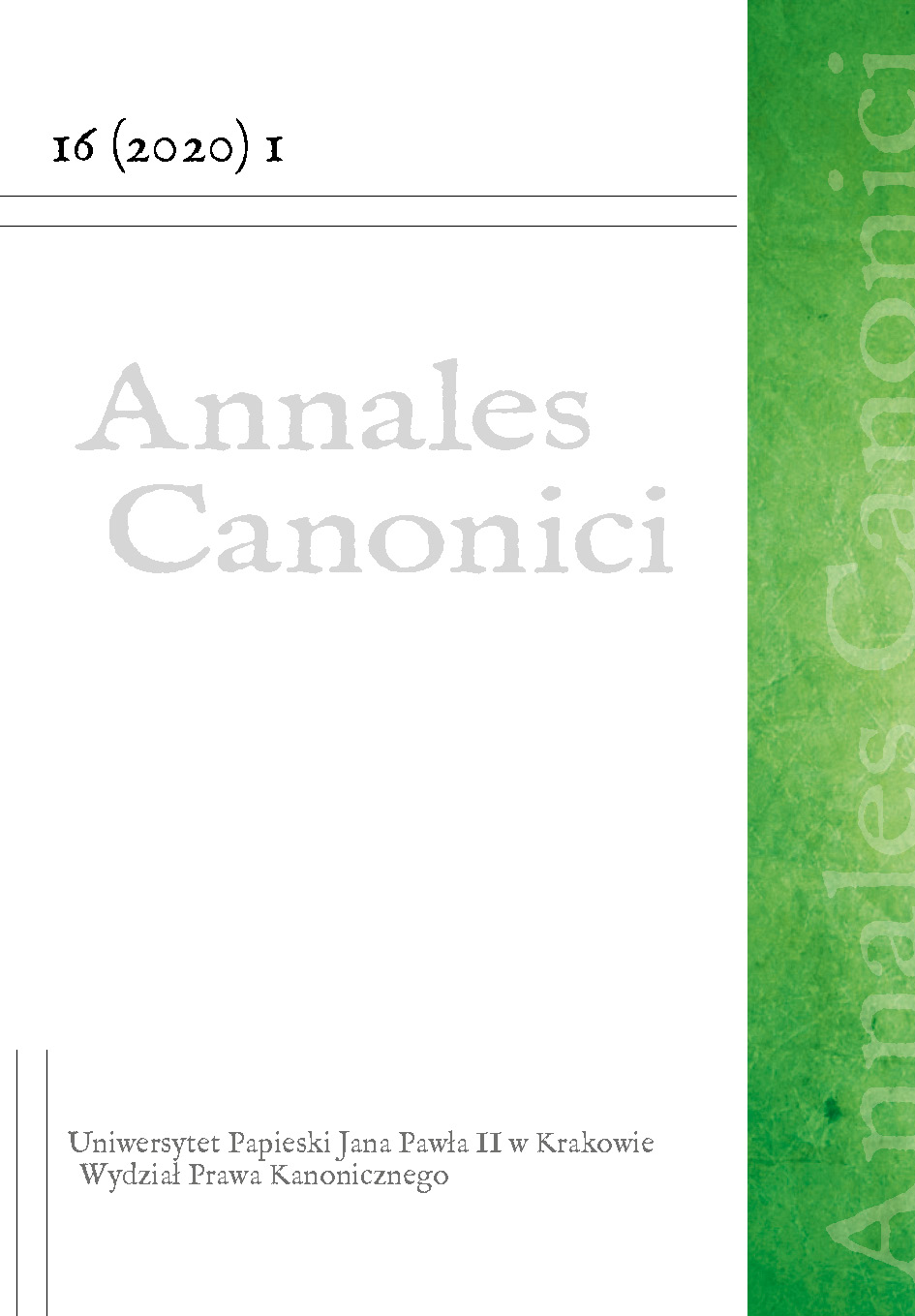Personal data as a key interest of cybercriminals
DOI:
https://doi.org/10.15633/acan.3702Keywords:
personal data protection, cybercrime, data protection officer, Internet, social engineeringAbstract
The development of new technologies has caused the situation that the significant part of the daily operation of an individual has moved to cyberspace. The Internet with its easy and common access has become an effective tool both at work and education process for the whole society. What is more people use the Internet to pursue a hobby and for their social life. Unfortunately, the society still has low awareness of the online threats and there can be observed a lack of proper caution, which is efficiently exploited by cybercriminals. Basing on social engineering and the tendency of users to place a lot of information about themselves on the web, the cybercriminals are able to easily break a simple security and gain access to the information they are interested in. Therefore cybercriminals activity is one of the biggest challenges for data protection officers. The article aims to describe cyber criminal mechanisms and methods of their operation and at the same time trying to answer the question how to successfully fight this phenomenon.
References
Dekret ogólny w sprawie ochrony osób fizycznych w związku z przetwarzaniem danych osobowych w Kościele katolickim wydany przez Konferencję Episkopatu Polski w dniu 13 marca 2018 r. podczas 378. Zebrania Plenarnego w Warszawie, na podstawie kan. 455 Kodeksu Prawa Kanonicznego, w związku z art. 18 Statutu KEP, po uzyskaniu specjalnego zezwolenia Stolicy Apostolskiej z dnia 3 czerwca 2017 r., „Akta Konferencji Episkopatu Polski” 30 (2018), s. 31–54.
Rozporządzenie Parlamentu Europejskiego i Rady (UE) 2016/679 z dnia 27 kwietnia 2016 r. w sprawie ochrony osób fizycznych w związku z przetwarzaniem danych osobowych i w sprawie swobodnego przepływu takich danych oraz uchylenia dyrektywy 95/46/WE (ogólne rozporządzenie o ochronie danych) (Dz. Urz. UE L. z 2016 r. Nr 119 z późn. zm.).
Cialdini R. B., Wywieranie wpływu na ludzi. Teoria i praktyka, tłum. B. Wojciszke, Gdańsk 1999.
Goodman M., Future Crimes: Inside the Digital Underground and the Battle for Our Connected World, Anchor 2016.
Hadnagy Ch., Socjotechnika. Sztuka zdobywania władzy nad umysłami, Gliwice 2017.
Kaczmarek A., Wytyczne w zakresie opracowania i wdrożenia polityki bezpieczeństwa, Generalny Inspektor Ochrony Danych Osobowych, http://www.giodo.gov.pl/163/id_art/1063/j/pl/ (25.03.2020).
Kwaśnik J., Wpływ ataków socjotechnicznych na konstrukcję i kształt polityki bezpieczeństwa, w: M. Górka, Cyberbezpieczeństwo dzieci i młodzieży. Realny i wirtualny problem polityki bezpieczeństwa, Warszawa 2017, s. 35–48.
Menn J., The vast majority of successful hacking attacks can be attributed to the errors of computer users, http://www.businessinsider.com/r-user-mistakes-aid-most-cyber-attacks-verizon-and-symantec-studies-show-2015-4?IR=T (25.03.2020).
Mitnick K., Simon W. L., The Art of Deception: Controlling the Human Element of Security, Wiley 2003.
Rashdan A., The Social Media OSINT Challenge to US Intelligence: Culture Not Gigabytes, w: New Media Politics Rethinking Activism and National Security in Cyberspace, Cambridge 2015, s. 155–172.
Twaróg E., Podaj datę urodzenia, a powiem, jaki masz PIN do karty, http://www.pb.pl/podaj-date-urodzenia-a-powiem-jaki-masz-pin-do-karty-658891 (25.03.2020).
Downloads
Published
Issue
Section
License
The author declares that he owns the copyright to the work (article) and that it is not limited in the scope covered by the above declaration and that the work (article) is an original work and does not infringe the copyright of other persons.
The author allows the Pontifical University of John Paul II in Krakow to use the paper free of charge, non-exclusive and unlimited in time by, i.e.:
– keeping in records and reproduction of the copies of the work using printing, reprography, magnetic recording and digital technology;
– trade in the original or copies on which the work has been recorded (introduction to the market, lending or rental of the original or copies, public exhibition, display, as well as making the work available to the public in such a way that everyone can have access to it in a place and at a time chosen by them);
– inclusion of the work in a collective work;
– granting by the Pontifical University of John Paul II in Krakow a Creative Commons Sub-licence Authorship Recognition-Non-commercial Use-No Subsidiaries 3.0 Poland
The Pontifical University of John Paul II in Krakow makes the work available on the Magazine Platform of the university under the Creative Commons Attribution-Non-commercial Use-No Subsidiary Works 3.0 Poland license.
Thus, it entitles all interested parties to use the work under the following conditions:
- the author and the title of the work will be given,
- the place of publication (journal title and internet address of the originally published work) will be indicated,
- the work will be distributed in a non-commercial manner,
- no dependent works will be created.

